Anne Baillot
3L.AM
Domain-Specific Word Embeddings with Structure Prediction
Oct 06, 2022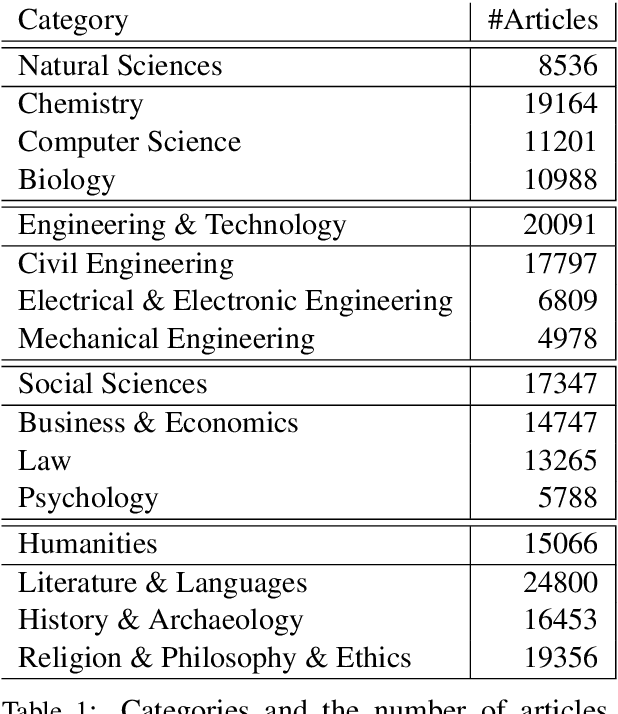
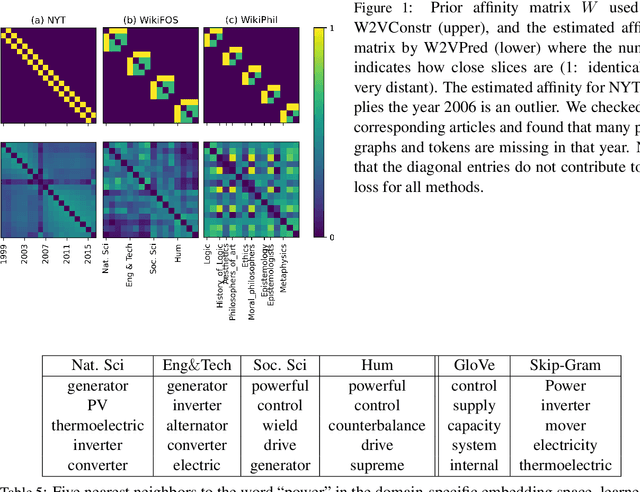
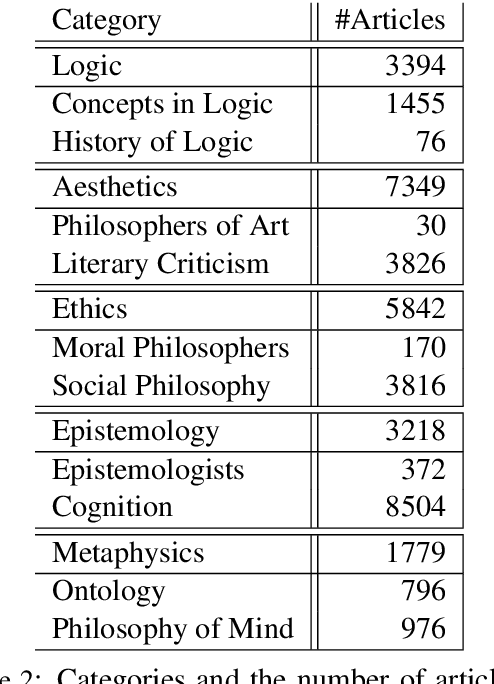
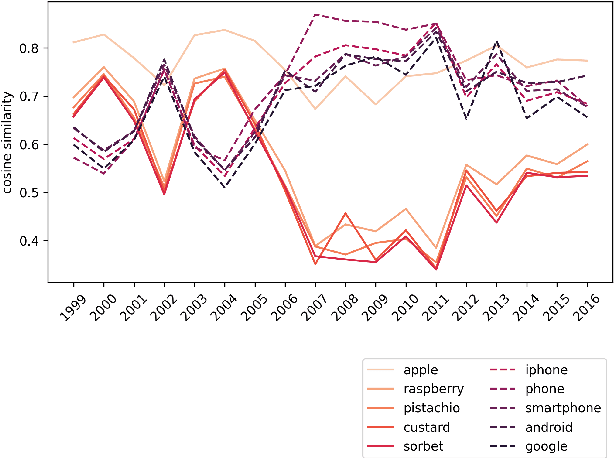
Abstract:Complementary to finding good general word embeddings, an important question for representation learning is to find dynamic word embeddings, e.g., across time or domain. Current methods do not offer a way to use or predict information on structure between sub-corpora, time or domain and dynamic embeddings can only be compared after post-alignment. We propose novel word embedding methods that provide general word representations for the whole corpus, domain-specific representations for each sub-corpus, sub-corpus structure, and embedding alignment simultaneously. We present an empirical evaluation on New York Times articles and two English Wikipedia datasets with articles on science and philosophy. Our method, called Word2Vec with Structure Prediction (W2VPred), provides better performance than baselines in terms of the general analogy tests, domain-specific analogy tests, and multiple specific word embedding evaluations as well as structure prediction performance when no structure is given a priori. As a use case in the field of Digital Humanities we demonstrate how to raise novel research questions for high literature from the German Text Archive.
Automatic Identification of Types of Alterations in Historical Manuscripts
Mar 23, 2020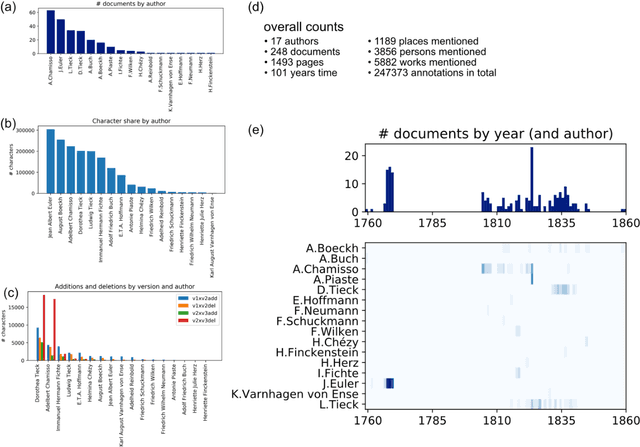
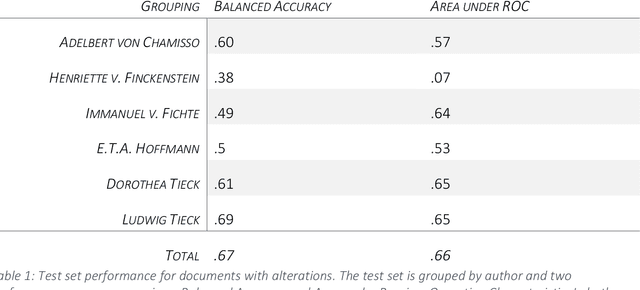
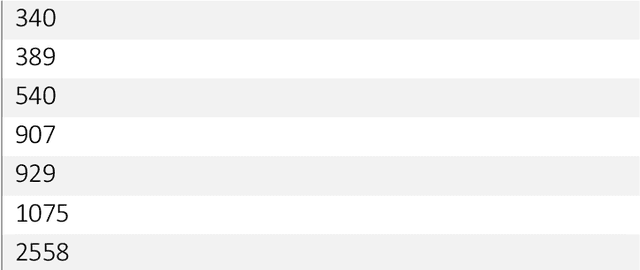

Abstract:Alterations in historical manuscripts such as letters represent a promising field of research. On the one hand, they help understand the construction of text. On the other hand, topics that are being considered sensitive at the time of the manuscript gain coherence and contextuality when taking alterations into account, especially in the case of deletions. The analysis of alterations in manuscripts, though, is a traditionally very tedious work. In this paper, we present a machine learning-based approach to help categorize alterations in documents. In particular, we present a new probabilistic model (Alteration Latent Dirichlet Allocation, alterLDA in the following) that categorizes content-related alterations. The method proposed here is developed based on experiments carried out on the digital scholarly edition Berlin Intellectuals, for which alterLDA achieves high performance in the recognition of alterations on labelled data. On unlabelled data, applying alterLDA leads to interesting new insights into the alteration behavior of authors, editors and other manuscript contributors, as well as insights into sensitive topics in the correspondence of Berlin intellectuals around 1800. In addition to the findings based on the digital scholarly edition Berlin Intellectuals, we present a general framework for the analysis of text genesis that can be used in the context of other digital resources representing document variants. To that end, we present in detail the methodological steps that are to be followed in order to achieve such results, giving thereby a prime example of an Machine Learning application the Digital Humanities.
Data fluidity in DARIAH -- pushing the agenda forward
Mar 24, 2016Abstract:This paper provides both an update concerning the setting up of the European DARIAH infrastructure and a series of strong action lines related to the development of a data centred strategy for the humanities in the coming years. In particular we tackle various aspect of data management: data hosting, the setting up of a DARIAH seal of approval, the establishment of a charter between cultural heritage institutions and scholars and finally a specific view on certification mechanisms for data.
 Add to Chrome
Add to Chrome Add to Firefox
Add to Firefox Add to Edge
Add to Edge